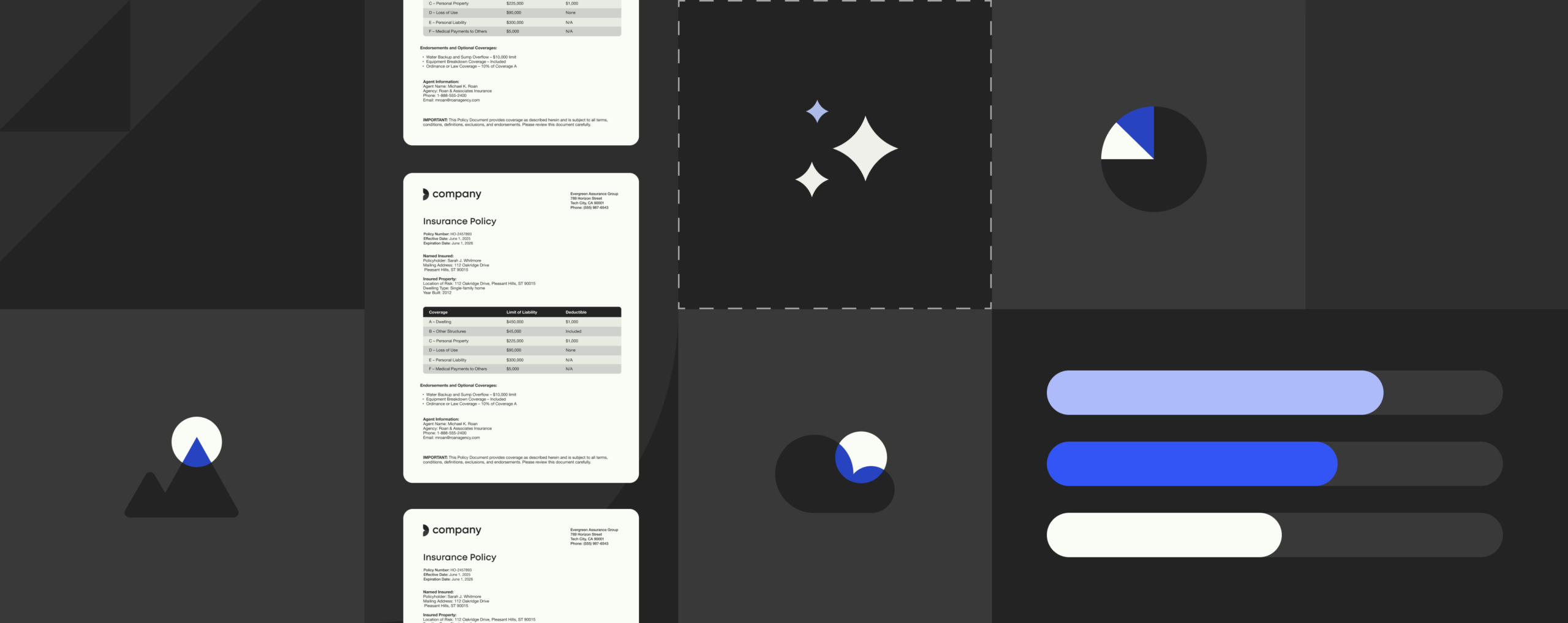The new DAM: Brand automation

It’s not news that, here at Templafy, we think branding is incredibly important.
Brands have a large amount of marketing power and are a vital way in which products or services are sold, directly leading to a rise in revenue and a successful organization.
We’ve spoken at length about how to create a strong global brand, brand management, and the building blocks of branding. But what about the future of branding? What about when you’ve established a strong brand, which is recognized globally, and which is succeeding and growing?
That’s when the future of your brand becomes crucial. And that’s where brand automation comes in.
Document Asset Management systems are outdated
When talking about the future evolution of brands, it’s common to talk about brand management – it’s a natural necessity when considering how to ensure brand consistency throughout growth, especially where growth is international and requires localized marketing.
For some time now, DAM, or document asset management, has been the natural solution. DAM systems enable organizations to store all their branded assets in a place that is accessible and controlled. Through DAM, employees can access branded assets, and any updates or refreshes to the brand are also available to employees across multiple locations. DAM provides employees with an easy way to stay on brand and ensures they are using brand-compliant content.
Although DAM is hugely beneficial, it has its limitations. Employees don’t just need to know how to access branded assets; they need to know how to use them. Particularly when more employees than ever before are creating branded content, this needs to be in conjunction with the standards set by the organization. Of course, a brand style guide helps with control, but there’s a limit to how helpful this can be when employees are creating content individually. Employees with access to assets still create content of varying standards, and it can be time-intensive for them to do this.
That’s why DAM is not enough. And that’s why it has to move over, to make space for the natural evolution of DAM: brand automation,
What exactly is brand automation?
Brand automation is the use of technology to speed up processes relating to branding – which are almost always content creation. Through brand automation, the guidelines and rules of creating branded content are set in place, meaning that employees are less likely to go rogue, and will instead stick to acting within the framework that the branding and marketing teams of their organization have set. For example, rather than providing a holding space for logos as DAM does, brand automation solutions provide access to templates that contain the logos inserted in the correct place, with the fonts and heading styles already set, making the creation of on-brand content quicker and simpler.
Although the storage of assets that DAMs provide will always be necessary, the complex and rapidly developing digital landscape means that a holding container cannot fulfill all the complex needs or an international organization. These needs can be fulfilled, however, by automation. As brand automation is dependent on mostly cloud-based technology, it’s also a future proof solution that will scale as your organization scales and can easily be adapted to multiple local marketplaces.
How to spread your brand investment
Accelerate the return on brand investment
What are the benefits of brand automation?
Brand automation’s plentiful benefits include:
1. Ensuring brand consistency
You may be thinking that this is no different from what DAM systems enable, as they ensure that employees are using the correct logos, images, fonts, and so on. But automating branding goes further than this; it allows content to be created that ensures the branded assets within it are not just the correct assets, but also used in the correct ways. For example, by fitting logos to size to minimize user interference or any skewering, and pre-inserting branded content into documents and presentations. All these things ensure that the brand is presented consistently while also allowing employees to still be creative with content creation. As a result, brand automation aids outreach efforts such as localized marketing, where content needs to be created specifically for local audiences, and yet must retain the correct branding so it does not harm the brand.
2. Cost deduction
Money is saved wherever work is completed more quickly and efficiently. However, it can often be tricky to ensure that doing work quickly equates to the same standard as would be achieved if the work was completed over more time. Automating branding allows the best of both worlds to co-exist, because it means content is created more quickly, and simultaneously, the branding standards won’t be impacted because the branded aspects of the content are guaranteed.
3. Scalable solution
As organizations grow, there are inevitably more individuals creating content. As a result, there are more employees to monitor, more work to govern, and a style guide that needs to be distributed understood and complied with by more people. Unsurprisingly, it’s easy for this to get out of hand, with rogue content being created by an ever-growing workforce. Automated branding removes this difficulty, as it’s just a case of providing more employees with access to the automation solution, and you can be sure that their content will be created according to the set principles. As the organization grows, automated branding allows the content creation process to grow too, alongside ensuring that it does so in a way that is governed, secure, and beneficial for the organization.
4. Improved brand communication
The entire purpose of branding is communication; to show audiences who you are and what you stand for. Automating branding means this can happen on a better level than ever before. It ensures consistency across all your brand touchpoints and means that a clear brand message is communicated at all times, and aligned with all other communication from the organization. Clear brand communication leads to brand success, and automation is a vital tool in this process.
Read next: Brand associations: How to make your brand assets excel
With these advantages applied on an international level, it’s clear that organizations choosing not to automate their brand are at a disadvantage on the global brand level. Branding automation is the future of successful branding and a tool that will only increase the success of your organization.
Although brand automation is important, it’s also not the only strategy when it comes to enhancing your brand. If you’re serious about the future of your brand, then you need to make sure that it’s not just a quick fix of hoping brand automation is enough. Find out how to make sure all employees are empowered to work within the brand across every aspect of their roles.



